Info, news & debate
Urban / small space gardening
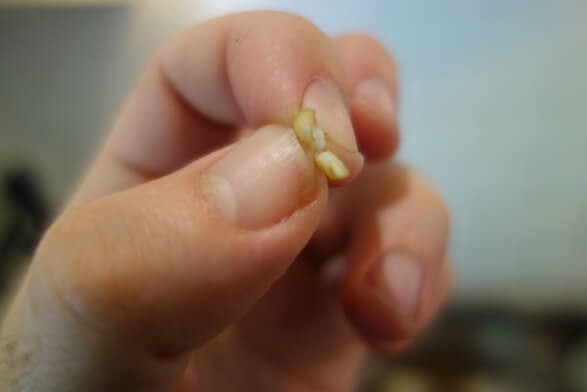
The Mushroom Guide Part 6: preparing mushroom spawn
Benedict Noel shares how to scale up your mushroom production, preparing mushroom spawn using grain to then inoculate sawdust bags.
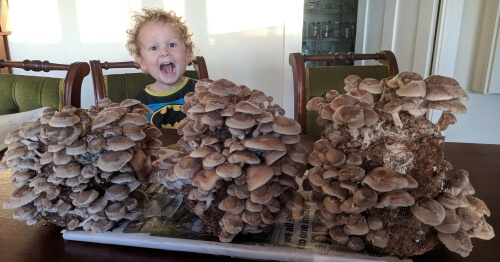
The Mushroom Guide Part 5: inoculating fruiting substrate
Inoculating fruiting substrate: sounds a little daunting, no? Fear not – Benedict Noel explains all in Part 5 of his Mushroom Guide for beginners keen to grow their own shiitake mushrooms.
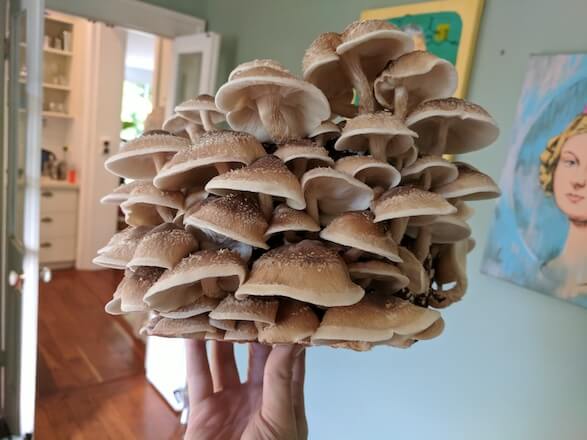
The Mushroom Guide Part 4: preparing fruiting substrate for shiitake mushrooms
In Part 4 of The Mushroom Guide with Benedict Noel, learn how to create your own bags of fruiting substrate for shiitake mushrooms, using sawdust, bran and a pressure cooker.
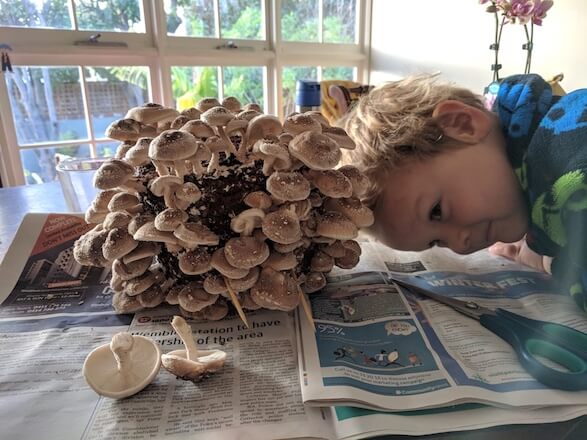
The Mushroom Guide Part 3: harvesting shiitake mushroom blocks
In Part 3 of The Mushroom Guide, Benedict Noel enjoys the fruits of his labour harvesting shiitake mushroom blocks, as he continues his step-by-step tutorial.
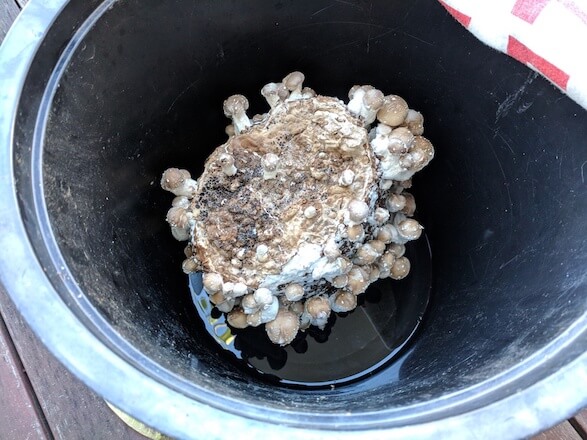
The Mushroom Guide Part 2: fruiting shiitake mushroom blocks
We learn how to fruit shiitake mushroom blocks with Benedict Noel of The Mushroom Guide. It’s possible to grow shiitake mushrooms with very little equipment. If you’re a novice, this is the best place to start.

The Mushroom Guide Part 1: why grow shiitake mushrooms?
No garden? No problem! In the first of a new series from the Mushroom Guide, Benedict Noel considers why shiitake mushrooms make a great starting point for anyone new to mushroom growing, particularly in an urban environment.

Urban one-planet development: how can cities reduce their ecological footprint?
The last post in this series looked at the vital role of ecological footprinting in ensuring that our individual actions are truly sustainable – i.e. within the limits of what the Earth’s resources can provide. This is called ‘one planet’ development.
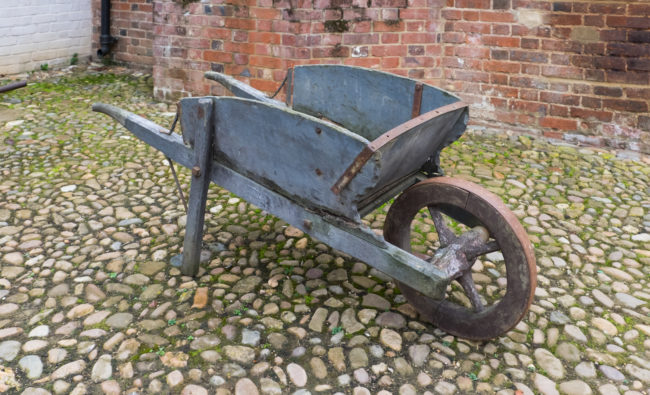
In praise of the wheelbarrow: low-impact transportation at its best?
Perhaps these days most commonly associated with the garden, there’s more to the humble wheelbarrow than you might think. Sophie Paterson explores its potential, past and present, as a low-impact form of transportation.
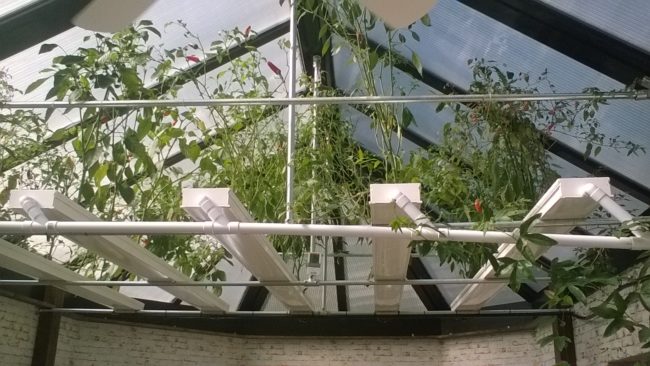
How hydroponics could be integrated into restaurants, bars, schools and hospitals
Lowimpact.org’s Sophie Paterson meets hydroponics convert James Brand to hear about his experiences of hydroponics in action at a 13th century free house, the family-run award-winning Journey’s End Inn on the South Devon coast.
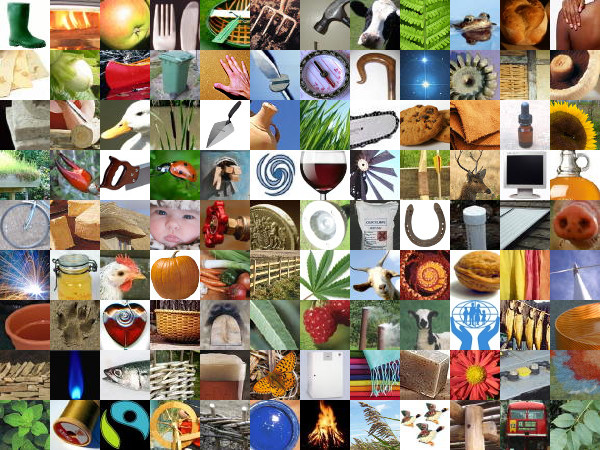
Join our new online community Living Low Impact
We’re excited to introduce our new Facebook group Living Low Impact – and you’re invited!
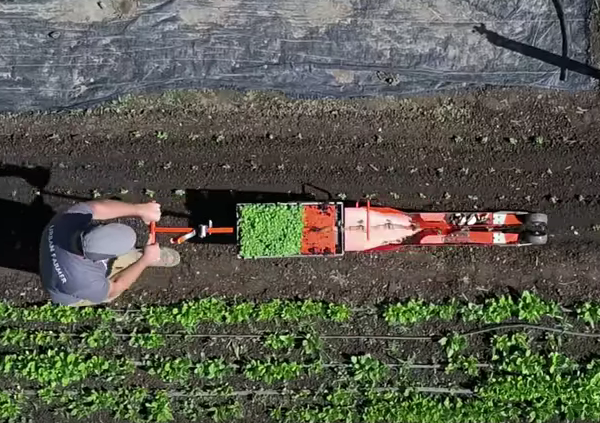
Could the ‘paperpot transplanter’ be a boon for small farmers or is it just a gimmick?
How about a human-powered tool that allows you to plant out 264 young plants per minute (!) without bending over? The paperpot transplanter, developed in Japan, allows you to do just that (if 264 seems a bit precise, it’s because each little paper chain contains 264 pots).

Fruit & vegetable growing guide for September
September is the end of summer although we’re often lucky to have an Indian summer with blue skies and sunshine, nothing is certain with the weather. The bulk of the harvest comes home now and as crops come out the plot begins to empty.

Fruit & vegetable growing guide for August
August with a little luck brings us the best of the summer weather but being the traditional holiday month it can be hard to keep on top of the vegetable plot growing with a fortnight away, even if a neighbour can be persuaded to water as required.
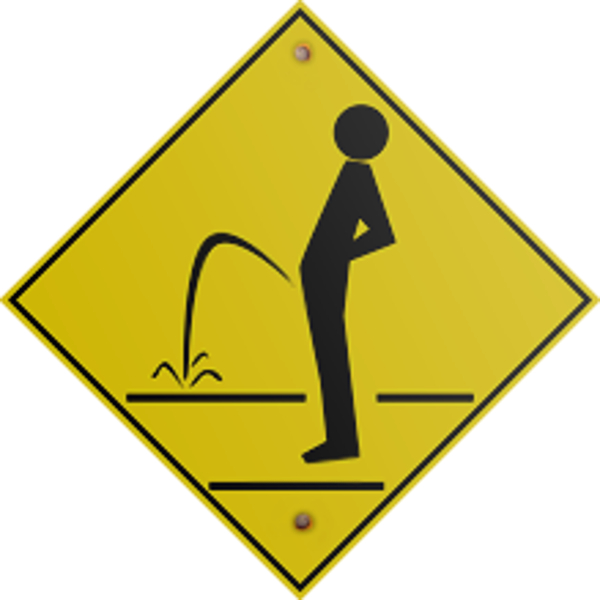
Taking the pee: is urine a good fertiliser?
Many of us consider it a waste product but, in fact, is urine a good fertiliser? Scarlett Penn of WWOOF UK sets out why we should pause for thought before we flush.
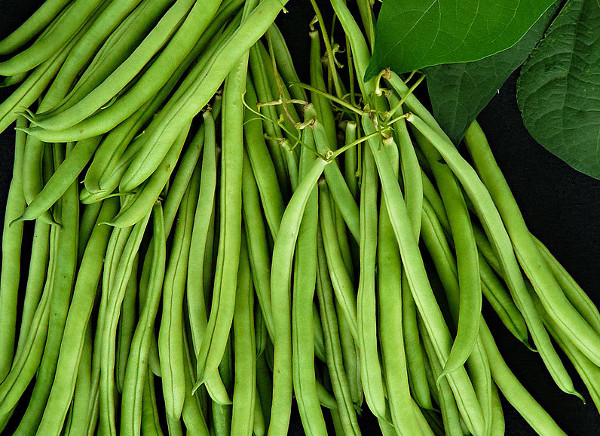
Fruit & vegetable growing guide for July
July is usually one of the hottest and driest months so a lot of time may be spent watering. You can reduce water loss and so save yourself some time. Mulching with a layer of organic matter will help preserve moisture but may encourage slugs so you will need to take action against them.

Fruit & vegetable growing guide for June
Flaming June should bring us a hot sunshine-filled month with the risk of frost passed and those in more northerly parts should be able to catch up with those in the south. We’re also moving towards the longest day, June 21st being the summer solstice so there is plenty of daylight to let you get …

Fruit & vegetable growing guide for May
Generally one of the busiest months on the vegetable plot, here John Harrison shares his fruit and vegetable growing guide for May. The soil is warm and the plants growing well. But watch out for a sneaky late frost. Keep an eye on the weather forecast and be prepared for frantic last minute wrapping of …
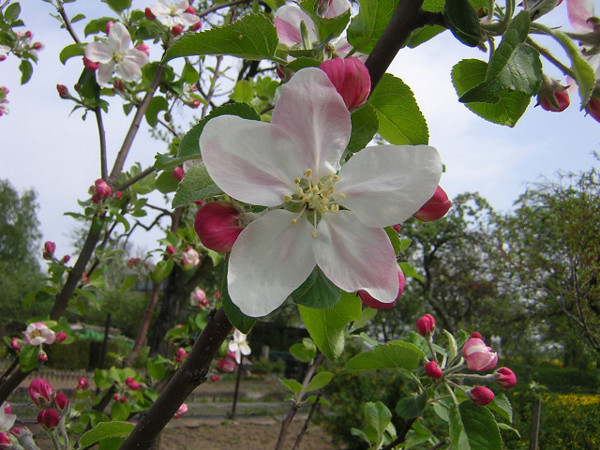
Fruit & vegetable growing guide for April
By April spring should be well and truly underway, the soil warming up nicely and everything growing away. Don’t be complacent though, it’s been known for a cold snap with snow to strike even in the sunny south of England.
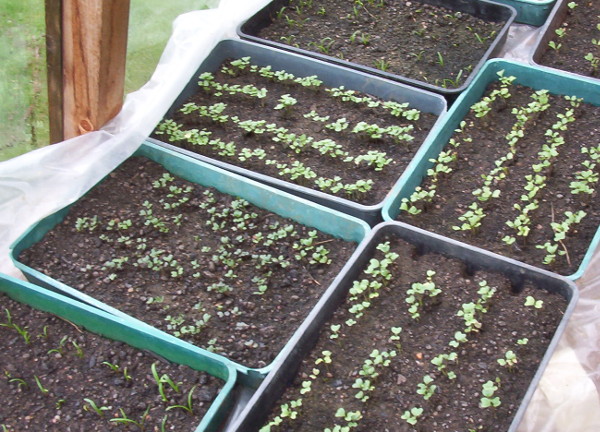
Fruit & vegetable growing guide for March
March is the month when things really start to move in the growing season. In fact the start of the year used to be Lady Day, the Feast of the Annunciation, 25th March until 1752 in Britain when we adopted the Gregorian calendar and started our year on the 1st January.
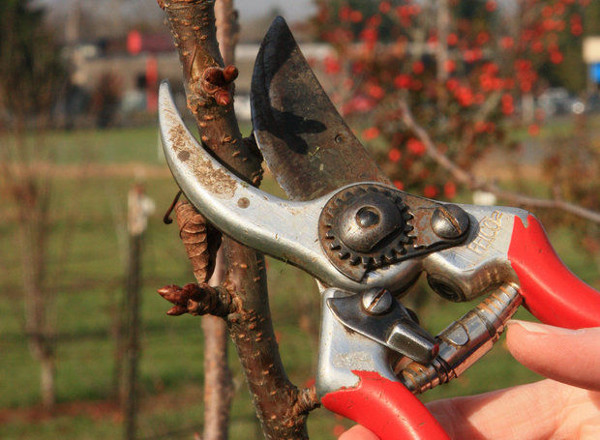
Fruit & vegetable growing guide for February
February, being the last of the winter months , often has a sting and ends up being the coldest month. So, more than any other month, this one you need to play according to local conditions. It’s best to hold off than try to sow in waterlogged, near frozen ground that will most likely rot …
